Pricing personalization allows hotels to move towards total profit optimization by combining the power of the guest profiles in your CRM with revenue management forecasting to deliver the right price to the right guest at the right time during the guest journey.
Guests Have Increased Expectations for Personalization
Personalization is an evolving topic within the hospitality industry, from technology and guest perspectives. Over the last few years, especially with the influx of online shopping, guests have increased expectations for personalization throughout every stage of the guest journey, especially when booking through direct channels.
This means understanding your guests and how to engage them is the best way to increase bookings and build memorable experiences that lead to long-term loyalty. It also underscores the importance of using the guest data you already own to move towards a personalized pricing model that optimizes overall revenue through every stay.
What is Personalized Pricing?
The goal of personalized pricing is targeting the right product to the right guest to the right guestpoint through the right channel for the right price. Or, to take that idea further – targeting content, offers, inclusions and pricing at a nano-segment level that is so granular that the difference between the segment and the individual is indiscernible.
With personalized pricing, the focus is on one guest and the unique characteristics of that guest, including how their previous spending, behaviors and preferences can influence the content and opportunities you serve them and the revenue they generate in return.
There are two main buckets within the personalized pricing concept: Offers & Discounts and Bundles & Add-Ons.
Offers & Discounts
Under the Offers & Discounts umbrella, you’ll find loyalty program pricing (members who get a discount with direct booking), percentage off promotions (typically coupled with restrictions like an advance purchase or stay length requirements), discounts based on ancillary spend (popular with casino pricing), repeat booking offers and specific ancillary services beyond the hotel room itself.
Bundles & Add-Ons
Within Bundles & Value-Adds, you’ll find dynamic packaging (curated bundle of products for a specific guest), in-stay inclusions/enhancements, room type upsells, popular value-adds like early check-in and late check-out, and Bleisure considerations – which is when a guest begins their visit as part of a work event and extends their stay for a leisure experience at the same property.
While there aren’t hard and fast rules about when to apply each bucket, Offers & Discounts are better for need dates and distressed inventory, while Bundles & Value-Adds are more appropriate for busier periods, with the goal of getting more value from scarce inventory.
At the hotel level, this is when you take a hard look at your resources, budgets, and revenue goals to determine how to incorporate these options. For example, only extending discounts to the highest value guests based on their willingness to spend money elsewhere on-property.
So the next big question is – how do we get there?
It All Starts with Data
Mastering your data collection is the critical first step towards personalization at every level, including personalized pricing. Without having your guest data set up in an organized, reliable CRM, you won’t be able to access the information required to begin creating personalized content and pricing.
When you combine the information from the guest profile in your CRM and a revenue management solution that provides demand forecasting, you can determine the total value of each guest. This allows your hotel to optimize pricing and overall revenue by utilizing personalization throughout the planning, booking, and pre-arrival phases through on-property experiences and post-stay guest communications.
Every guest profile should include as much information as possible about that guest, including room(s) purchased, stay lengths, the rate they booked, any offers or packages they utilized, as well as any ancillary spend at your spa or restaurants, and notes about preferences such as previous requests (e.g. late check-out), survey responses and so on.
In addition to creating a clear view of an individual guest, you can use your profiles to create segments and categories that can reveal insights for new guests who share similar characteristics and predict probabilities for similar spending and interests. You can also get a complete picture of the value of each segment of business coming to the hotel and combine it with demand forecasting to understand the most profitable mix of business on any given day at your hotel.
This is important because, at the end of the day, personalized pricing goes beyond just maximizing room revenue, with the overall goal of getting to total profit optimization by providing targeted upsell and ancillary spend opportunities and the right room price.
Modeling for Insights
Personalized pricing is about the individual, but it’s also about identifying segments and relationships. Association mining is a method that can help you learn what guests are purchasing, how those purchases are linked to one another, and the customer attributes linked to those purchases.
It’s not just looking at the volume of products/services being purchased together, as that could be the result of both items being popular and unique from each other. The key is to look at how often those items are purchased together relative to how often they are purchased separately, which lets you see if there is actual synergy between the buyers vs. mere coincidence.
Once you establish purchasing relationships with Association Mining, you can use those insights to create specific offers and bundled packages that combine products typically purchased together by audience segment. This method can work for big resorts with numerous products and services as well as traditional stand-alone hotels, as uncovering relationships between customer characteristics and what they purchase is always valuable.
Probability and profit is another helpful model that looks at the intersection of profit margins and the likelihood of a booking. Typically, as a price increases the probability of a purchase decreases – but if they do purchase at that higher price, the profit increases. By multiplying the probability and the profit, you get the ‘expected profit’ you want to optimize. This allows you to find the optimal price point with the highest expected profit.
In other words, it creates the price that strikes the right balance between the likelihood to book and the profit you get in return. Of course, this will differ across customers based on guest attributes, purchases and product characteristics, so you’ll need to revisit probability and profit by day and segment.
The Path to Personalized Pricing
Moving your hotel towards a personalized pricing model is an excellent step towards total revenue optimization. To get started, you’ll need to focus on collecting and organizing guest data, working across departments to align goals and processes, understanding the difference between a discount and a value-add (and how to adjust situationally), and utilize modeling to understand what your guests want and how to market to their unique preferences.
Free Ebook: 5 Key Data-Driven Strategies for Optimizing Hotel Revenue in 2022
Optimal revenue management has two particular requirements: a united front across departments and access to the right data. In this ebook, you find five essential data-driven strategies for optimizing revenues in 2022 to keep your hotel on the right track. Click here to download the ebook “5 Key Data-Driven Strategies for Optimizing Hotel Revenue in 2022”.
Success with personalized pricing is an excellent step toward total revenue optimization. Still, it requires a mix of inter-team collaboration and technology to fully understand who your guests are and what they want throughout the entire guest journey.
More Tips to Grow Your Business
Revfine.com is the leading knowledge platform for the hospitality and travel industry. Professionals use our insights, strategies, and actionable tips to get inspired, optimize revenue, innovate processes, and improve customer experience.Explore expert advice on management, marketing, revenue management, operations, software, and technology in our dedicated Hotel, Hospitality, and Travel & Tourism categories.

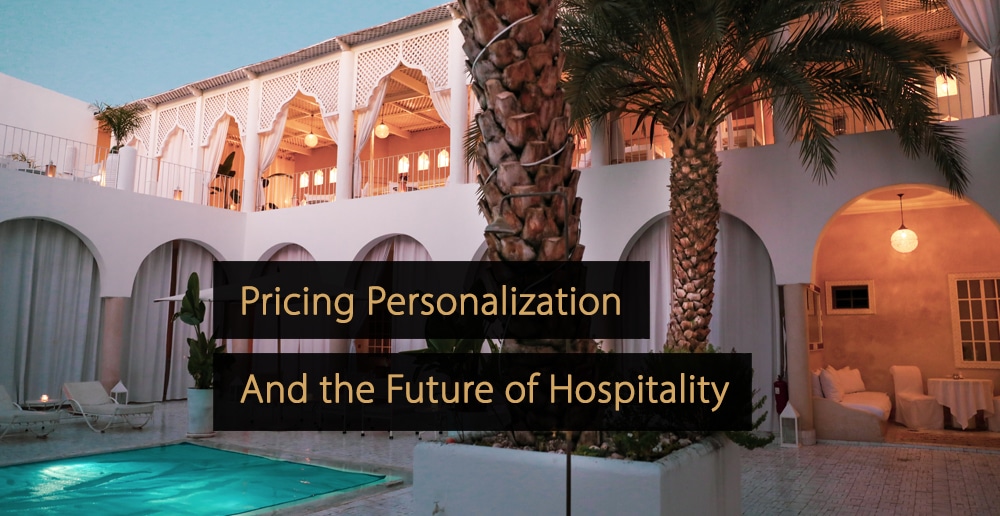
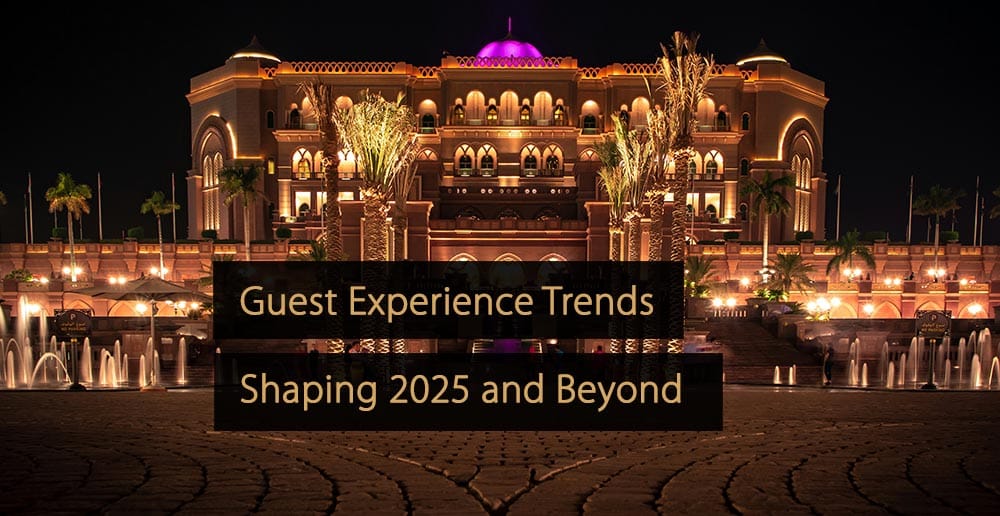
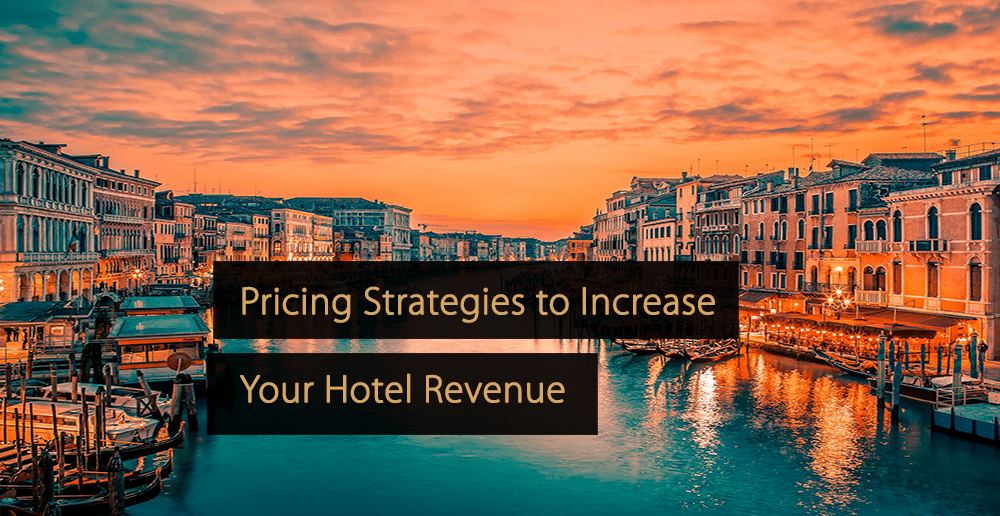
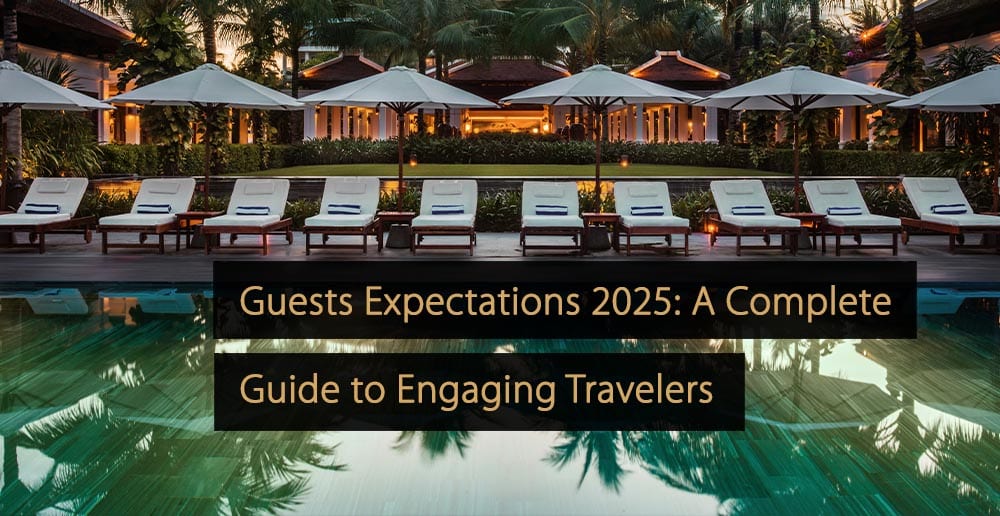

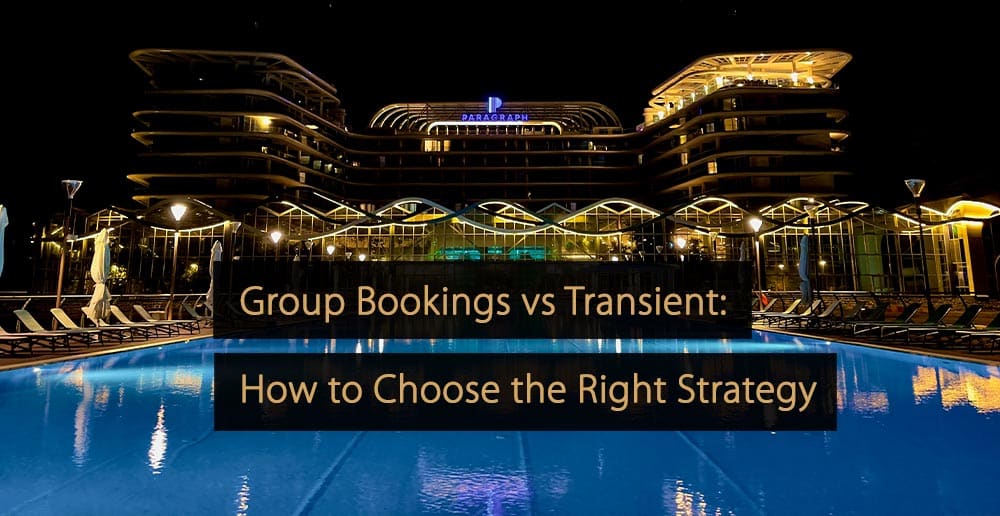
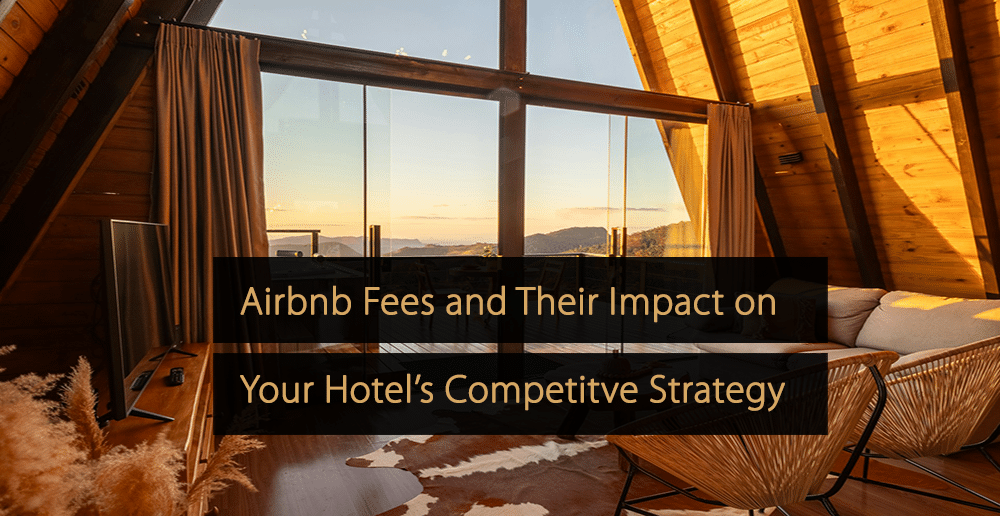
Leave A Comment